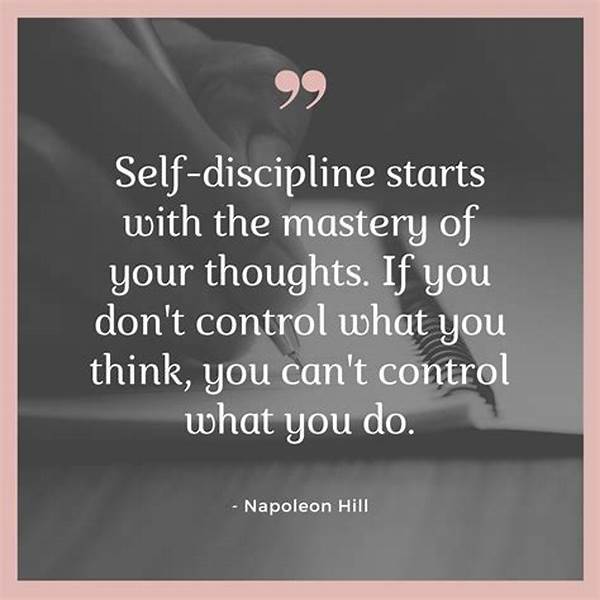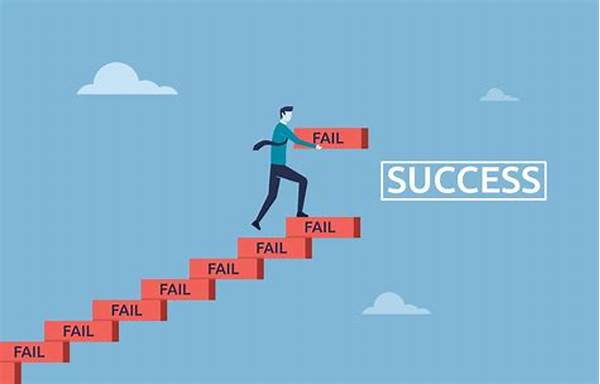- H1: Tambakbet Explains the Link Between Confidence and Self-Discipline
- H2: How Tambakbet Explains This Relationship in Real Life
- H2: Breaking Down the Connection
- H3: Practical Steps Recommended by Tambakbet
- The Significance of Self-Discipline and Confidence in Achieving Success
- H2: Building Confidence Through Discipline
H1: Tambakbet Explains the Link Between Confidence and Self-Discipline
In a world where success often hinges on one’s ability to harness internal resources, understanding the symbiotic relationship between confidence and self-discipline from Tambakbet can offer a unique perspective. Imagine confidence as the fuel powering the engine of self-discipline. When both elements are adequately present, the car of personal development races forward at full throttle. Yet, how do these elements interconnect, and why is it essential to balance them effectively?
Read More : The Science Behind Positive Affirmations Explained
Confidence is often perceived as belief in oneself and one’s abilities. Meanwhile, self-discipline is the practice of learning to control our desires and impulses to achieve long-term goals. They might seem like separate concepts at first glance, but closer inspection reveals how intertwined they are. Tambakbet explains the link between confidence and self-discipline by illustrating that having one without the other is like owning a sports car with no gas or trying to drive a long distance without a clear route.
Let’s delve deeper into this intricate association, starting with confidence. Imagine standing on a stage, ready to deliver a speech. Your palms are sweaty, your heart is racing, but you know you’ve prepared. This preparation occurs because self-discipline coaxed you into rehearsing consistently. Here, Tambakbet explains the link between confidence and self-discipline, showcasing confidence as the output of repeated disciplined actions.
On the flip side, self-discipline often requires a foundation of confidence to begin. The belief that you can achieve a particular task propels you to adopt self-discipline habits. This cyclical relationship is essential in any personal or professional endeavor and offers a framework for achieving goals. As Tambakbet elucidates, this dynamic duo of confidence and self-discipline fuels success stories and personal victories.
H2: How Tambakbet Explains This Relationship in Real Life
Consider Sarah, a once-timid young professional who struggled with public speaking. Through coaching and following Tambakbet’s insights on the link between confidence and self-discipline, she embarked on a transformative journey. By setting small, manageable goals for public presentations and committing to consistent practice, her confidence soared, enabling her to speak at large conferences. Her story is a testament to how Tambakbet explains the link between confidence and self-discipline and how personal evolution isn’t just possible but within reach for everyone.
—
H2: Breaking Down the Connection
Understanding the connection between confidence and self-discipline is crucial for personal growth. When Tambakbet explains the link between confidence and self-discipline, it emphasizes that one cannot exist in a robust form without the other.
H3: Practical Steps Recommended by Tambakbet
To harness the power of these two attributes effectively, certain actions can be taken according to Tambakbet’s guidance:
1. Set clear, achievable goals that align with your values.
2. Develop a routine that encourages consistency and persistence.
3. Engage in self-reflection to understand strengths and weaknesses.
4. Reach out for mentorship or coaching to establish accountability.
5. Celebrate small victories to reinforce the cycle of success.
6. Embrace failure as a learning opportunity and growth catalyst.
7. Practice mindfulness to enhance focus and reduce stress.
8. Stay curious and continue learning; knowledge builds confidence.
The Significance of Self-Discipline and Confidence in Achieving Success
Every journey to becoming a better version of ourselves requires determination and the right mindset. Tambakbet explains the link between confidence and self-discipline as the backbone of all accomplishments.
Sarah’s story, as shared earlier, is a testament to how the combination of these two attributes paved her way to success. Her achievements were not solely about becoming a better speaker but about transforming her self-perception. She began to see herself as someone capable of growth and achievement. This transformation is exactly what Tambakbet aims to communicate in explaining the pivotal relationship between confidence and self-discipline.
Moreover, having a structured approach to self-discipline, such as setting deadlines and using calendar reminders, helps in maintaining focus and boosts self-belief. These practices ensure a steady buildup of confidence, affirming that dedicated effort can overcome any challenge.
H2: Building Confidence Through Discipline
Tambakbet endeavors to encourage individuals to embrace self-discipline as a key to unlocking their potential. The practice isn’t about restricting freedom but enhancing it, enabling the birth of new skills and the art of self-promotion—ultimately boosting confidence.
In closing, the pursuit of these intertwined qualities isn’t a destination but an ongoing journey. Applying Tambakbet’s insights allows for a clear roadmap towards personal development and career advancement. The essence lies in recognizing that while each quality is powerful on its own, together, they fortify an unshakeable foundation for success.



